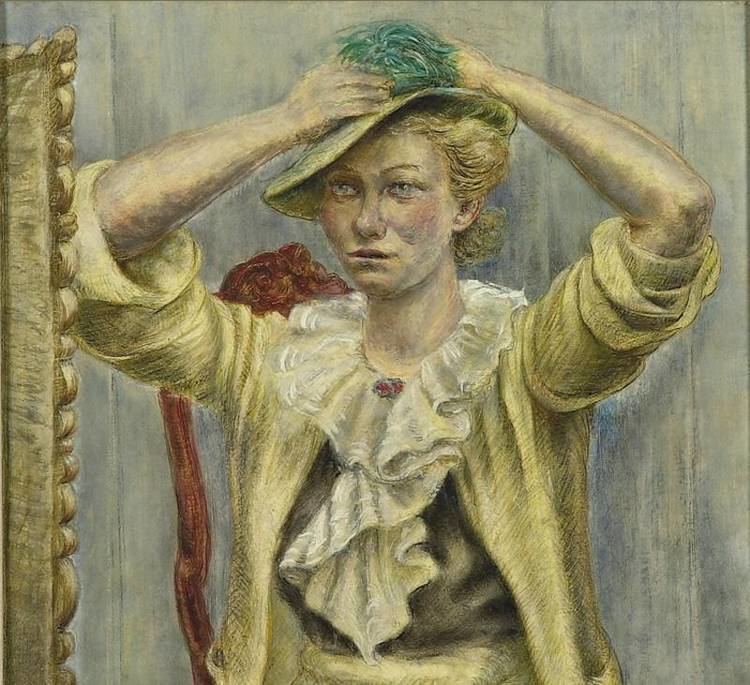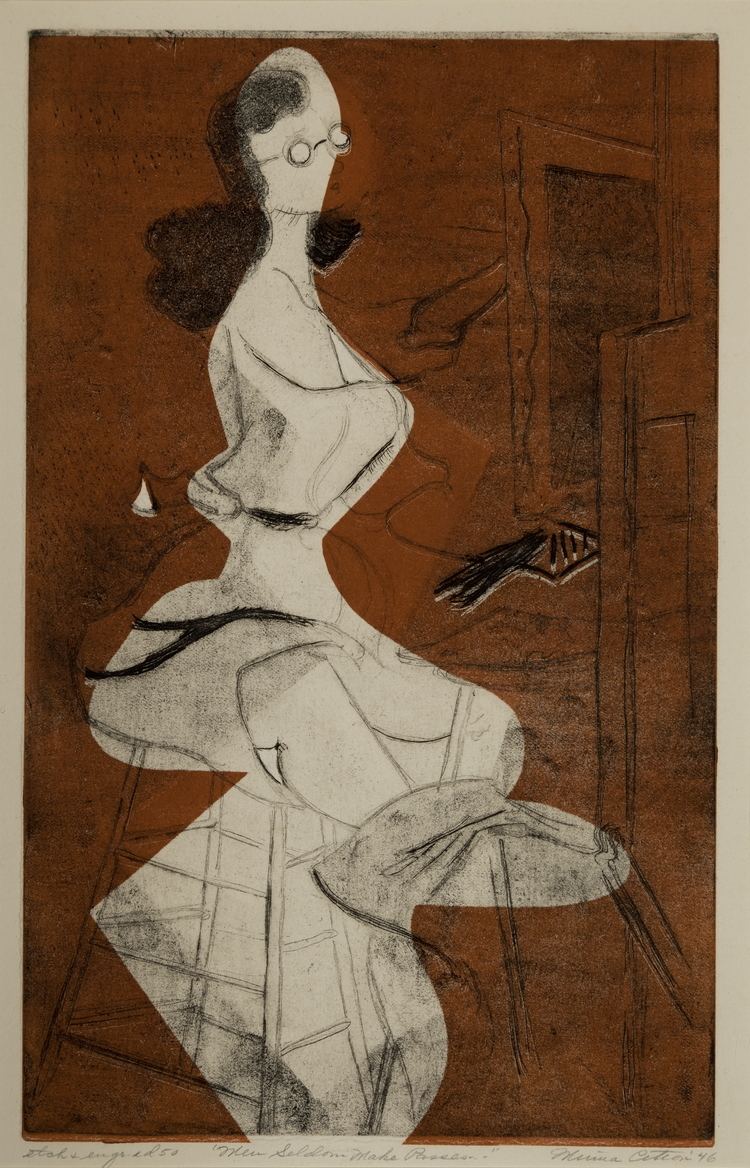Name Minna Citron | ||
 | ||
Died 1991, New York City, New York, United States Education | ||
This week at juniata minna citron john fetterman and pirates
Minna Wright Citron (October 15, 1896 – December 23, 1991) was an American painter and printmaker. Her early prints focus on the role of women, sometimes in a satirical manner, in a style known as urban realism.
Contents
- This week at juniata minna citron john fetterman and pirates
- Minna Citron From Self Expression to Abstract Expressionism and Beyond
- Early life and education
- Career
- Personal life and legacy
- References

Minna Citron: From ‘Self Expression’ to Abstract Expressionism and Beyond
Early life and education
Minna Wright was born on October 15, 1896 in Newark, New Jersey, the youngest of five children. She began to study art in 1924 at the Brooklyn Institute of Arts and Sciences, while married and living in Brooklyn, taking care of her two children. By 1928, she was studying at the Art Students League with John Sloan and Kenneth Hayes Miller, whose satirical depictions of city life influenced her own style. She had her first solo exhibition in 1930 at the New School for Social Research.
Career
As a young mother she attended the New York School of Applied Design for Women and Art Students League of New York (1928–35). She had her first solo exhibit in 1930, at the New School for Social Research. In 1934 she moved to Union Square, New York where she associated with artists including Isabel Bishop, Reginald Marsh and Raphael Soyer. Like Isabel Bishop, Citron created genre scenes of Union Square and was part of the 14th Street School. Her work was also influenced by that of artist Honoré Daumier. This group of artists can best be described as urban realists.
She worked as an art teacher and mural artist as a part of the Federal Art Project. Her work includes the oil on canvas murals titled Horse Swapping in the Manchester, Tennessee post office and TVA Power in the Newport, Tennessee post office, commissioned by the Treasury Section of Fine Arts, and completed in the early 1940s.
Soon after World War II she traveled abroad to Paris. Her later work was more abstract; she developed methods for three-dimensional printmaking and assemblage. A 1960 solo exhibit in Zagreb was the first time an American artist had mounted such a show in Yugoslavia. In the 1970s (when she was in her seventies), she strongly identified with the women's movement because she believed that she had always been a feminist. She continued to work well into her nineties. In 1985 she received the Women's Caucus for Art Lifetime Achievement Award.
Personal life and legacy
Minna Wright married Henry Citron, a businessman; they had two sons, Casper and Thomas, before their divorce in 1935. She had a longtime relationship with lawyer and philanthropist Arthur B. Brenner; their shared interest in psychoanalysis was an influence on Citron's work.
Minna Citron died on 21 December 1991, age 95, at Beth Israel Hospital, Manhattan. Her papers are at Syracuse University. Her work is in the collection of the Georgia Museum of Art.
A traveling exhibition of her work, titled "Minna Citron: The Uncharted Course From Realism to Abstraction," appeared at Georgia Museum of Art late in 2012, Texas A&M University in 2013, and at University of Richmond in late 2014. It opened at Syracuse University in February 2015. Citron's work is also included in a traveling exhibition "Prints by Women: Selected European and American Works from the Georgia Museum of Art," organized by the Georgia Museum of Art.
